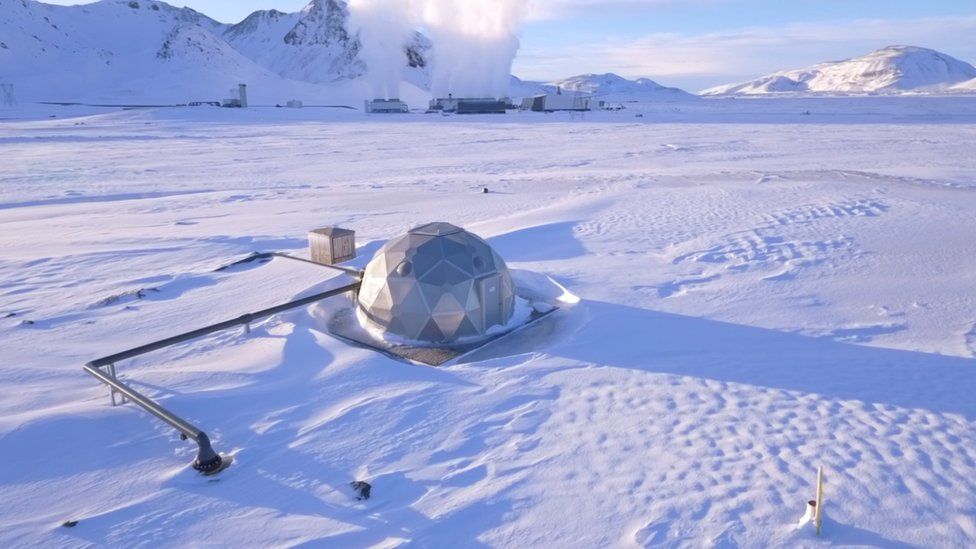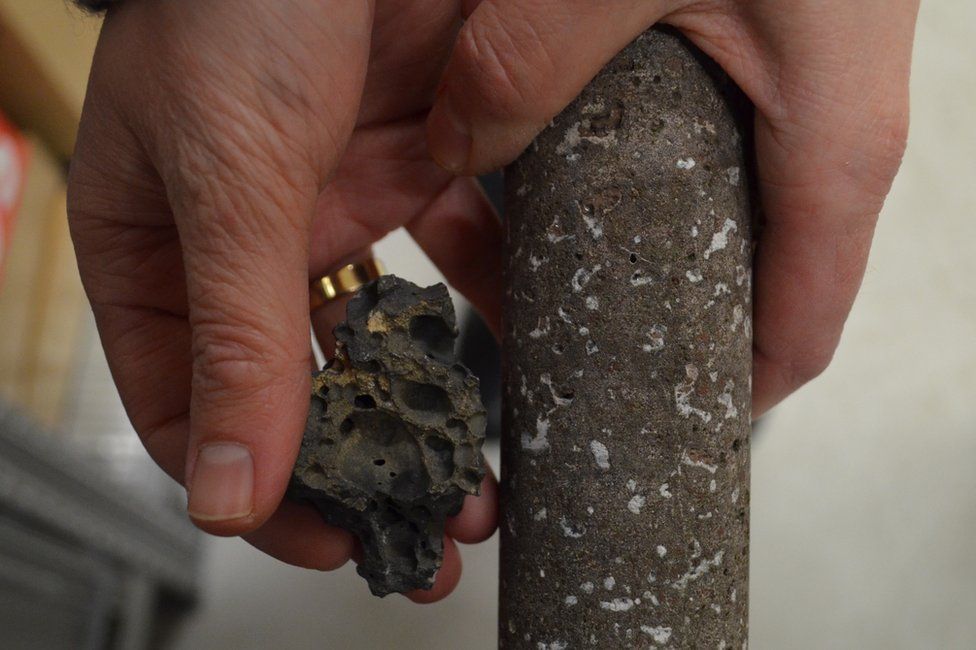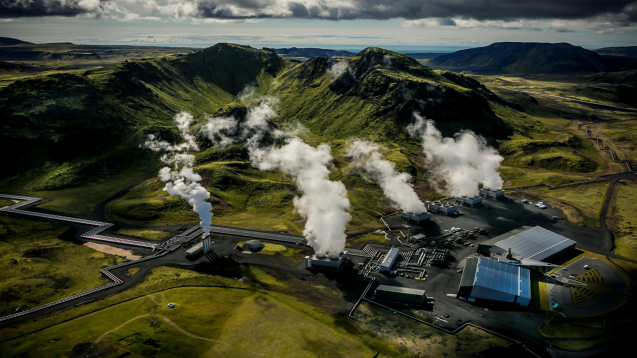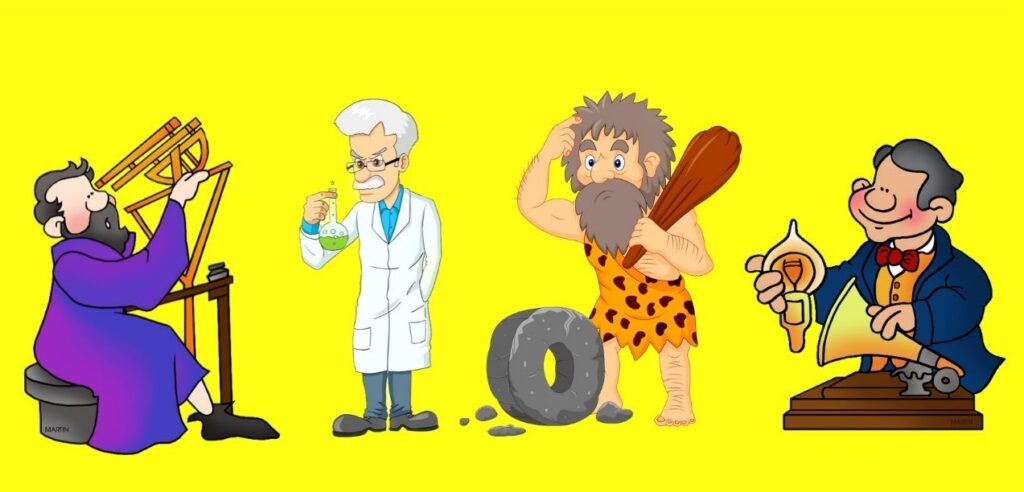A sizable grumble that has been impacting the world goes to climate change, duly because of every step mankind has taken under the motive, ‘enhancement & development’. The climate change clock is ticking, even faster now. After 2018, the year in which the carbon footprints touched the tipping point creating a big rush into the matter, United Nations declared a climate-change emergency and predicted that only 12 years left to prevent this catastrophic change.
After then, UK & Irish parliaments have declared climate emergencies & now in 2021, almost all big companies are affirming that their products would achieve ‘zero-carbon’ or ‘carbon-neutral’ within a speculated year.
The biggest concern arises on how to reduce the existing carbon in the air & scientists and researchers of Iceland has probably tried putting a period to this, by converting carbon dioxide into rocks forever.
Iceland’s way of turning Carbon into rock
Bestowed with volcanic rocks, south-western Iceland holds a geothermal plant, one of the largest in the world, which powers the entire city & also facilitates hot water to the city.
The Hellisheidi power station, 25km outside Icelandic capital Reykjavik, is the country’s main geothermal plant & “the vibrations of the steam entering turbines can be literally felt on the ground”, says Edda Sif Aradottir, the plant’s manager.
Not just generating electricity 100% from renewables, Iceland is also the site for a scientific breakthrough research of absorbing carbon from atmosphere and turning it to stone forever.
“Mankind has been burning fossil fuels since the industrial revolution and we have already reached the tipping point for CO2 levels”, says Dr Aradottir. “This is one of the solutions that can be applied to reverse that”.
A team of international researchers and engineers in 2012, began injecting carbon dioxide (CO2) into porous basalt rock, formed from cooling lava, at an underground test site in southwest Iceland. The result is conversion of CO2 into carbonate minerals in just two years by 2014.

This breakthrough research formulated ‘CarbFix’ project – fixing carbon into rock. The project is a collaboration of handful of companies: utility company Reykjavik Energy, the University of Iceland, France’s National Centre for Scientific Research (CNRS) and Columbia University in the US.
Rising concentrations of CO2 made scientists to work for ‘carbon capture and storage’ since 1970s & CarbFix is one such but much effective because the carbon capture is flat / permanent and fast.
Process of CarbFix

In the process, similar to ‘making soda’, CO2 in the Steam from Hellisheidi’s power station is absorbed (I) and is then dissolved into large volumes of water (II). The water required for the process, however, is quite high, about 25 tonnes of water per ton of stored CO2.
This fizzy water is then pumped into the injection site (III), an igloo shaped structure, where the absorbed CO2 is further sent 1000ft beneath the surface and undergo chemical reactions to get affixed to rocks (IIII).
In a matter of months, chemical reactions will solidify the CO2 into rock – thus preventing it from escaping back into the atmosphere for millions of years.
Could it be applied elsewhere?
Icelandic landscape is mostly ‘basalt rock’, which is ‘carbon’s best friend’, as it contains rich amount of calcium, magnesium and iron, that helps carbon to easily bind with them, forming a mineral. Basalt formations are found around the world and the team believe that the project could be repeated elsewhere, where basalt is found and more importantly water is more than sufficient.
As the water requirement is 25:1 & demands specifically ‘desalinated water’, the project couldn’t be put in areas where water seems precious, for instance, in countries like India. However, researchers of CarbFix now works on adapting it to saltwater.

“Basalt is actually the most common rock type on Earth, it covers most of the oceanic floors and around 10% of the continents. Wherever there’s basalt and water, this model would work,” Sandra Osk Snaebjornsdottir, a geologist working for CarbFix
Last year, 10,000 tonnes of CO2 were “digested” by CarbFix.
Yet this is tiny fraction – less than the yearly emissions of 650 Brits or 2,200 American cars. And it becomes even more insignificant against the 30-40 gigatonnes of CO2 (a gigatonne is a billion tonnes) that modern humans pour into the atmosphere annually.
“CarbFix is not a silver bullet. We have to cut emissions and develop renewable energies, and we have to do CCS too,” says Prof Gislason. We have to change the way we live, which has proved very hard for people to understand.”
References:






